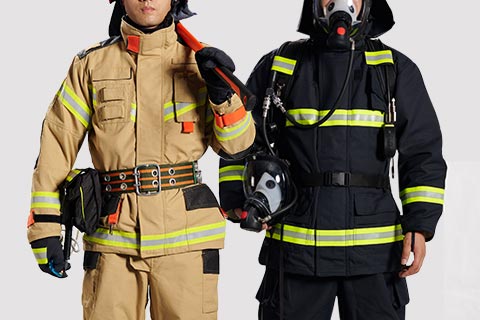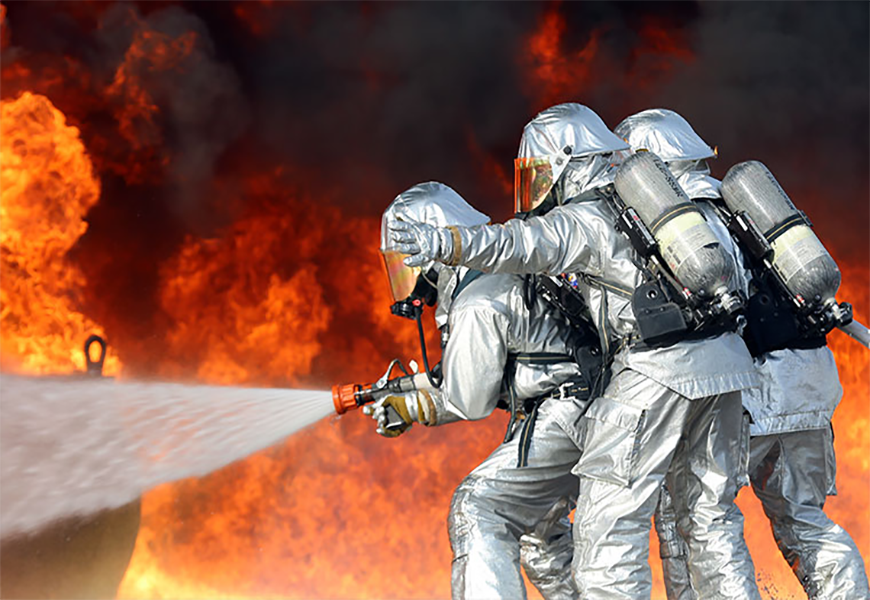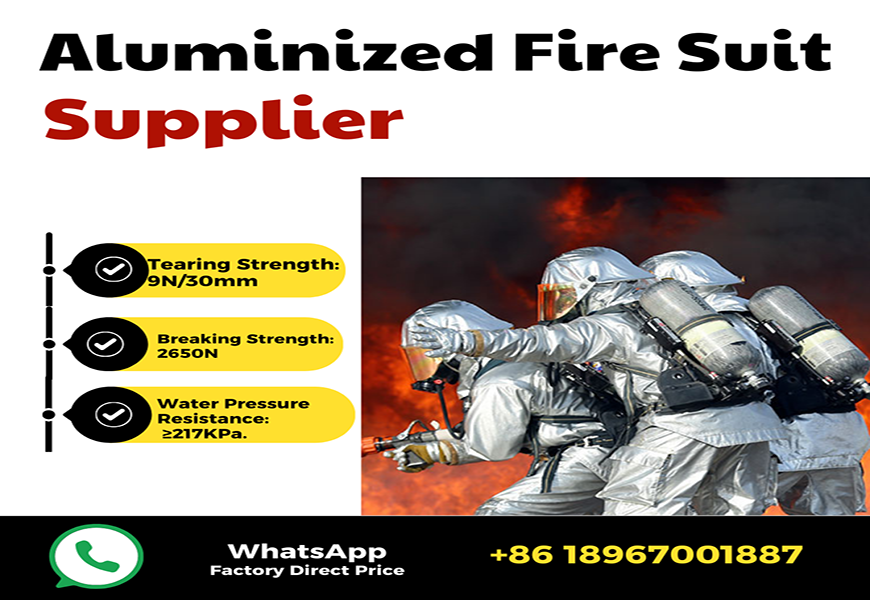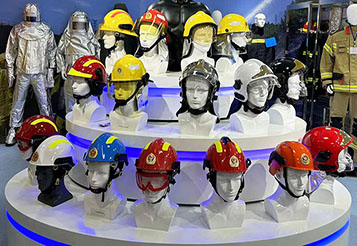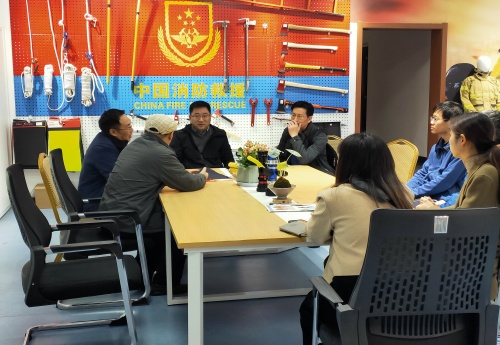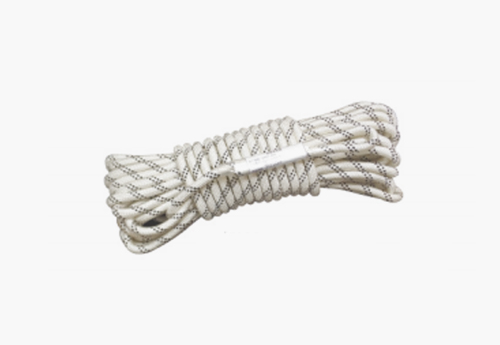A Guide to Choosing the Right Aluminized Fire Suit
Introduction
In a hot working environment, the right protective equipment is of utmost importance for the life safety and health of the staff. From a blazing steel mill furnace to a spark - filled welding shop, even the slightest mishap involving heat, flames, and splashing molten metal can cause serious injury. As a crucial protective barrier, making the right choice of aluminium - plated fireproof clothing is essential. So, how does one choose a suitable aluminium fire suit? Next, this article will offer you detailed answers.What is Aluminium Fire Suit
Material Composition
Aluminium fire suit is crafted from special fire - resistant materials, commonly aramid fibre, glass fibre, or other flame - retardant fabrics. These basic materials inherently possess excellent fire - resistant properties. On top of this, the outer layer is aluminised, which is highly effective in reflecting radiant heat and offers additional protection to the wearer.Protection
The main protection targets of aluminium - plated fire suits are radiant heat, molten metal splashes, and high - temperature environments. When facing high - temperature radiation, the aluminium layer reflects most of the heat, reducing heat transfer to the human body. For molten metal splashes, the multi - layer structure of the suit can effectively block them, preventing contact with the skin and subsequent burns. In actual working scenarios, there have been instances where steel factory workers only suffered minor abrasions and avoided serious burns because they were wearing qualified aluminium - plated fire - resistant clothing during a sudden molten metal splash accident near the furnace.Commonly Used Industries
In numerous industries, aluminium - plated fire suits play an indispensable role. In foundries, when workers are casting high - temperature liquid metal and facing the dual dangers of high temperatures and liquid metal splashes, aluminium fire suits can offer them reliable protection. In steel mills, from high - temperature ironmaking to steel rolling, where high - temperature environments prevail, aluminium - plated fire - retardant clothing has become a standard for workers. During welding operations, with spattering sparks and high - temperature arc heat, aluminium fire suits are also needed to resist these hazards.The Type of Aluminium Fireproof Clothing
Entry - Level Aluminium Fireproof Clothing
Entry - level aluminium fireproof clothing mainly provides basic protection against general molten metal splashes and ambient heat. However, compared to higher - end products, it has fewer layers and uses less advanced materials. This makes its protective performance somewhat limited. For example, it may not be able to provide sufficient protection when exposed to high - intensity radiant heat for an extended period.Advanced Aluminised Fire - Resistant Clothing
Advanced aluminium - plated fireproof clothing utilises higher - quality materials and better production techniques. They perform more effectively against radiant heat and molten metal splashes. For instance, some advanced fire - resistant clothing uses special aramid fibre composites, which not only enhance fire resistance but also increase the flexibility and durability of the garment. Additionally, they may be equipped with better ventilation systems to keep workers comfortable even in hot working environments.Industry - Specific Aluminised Fire - Resistant Clothing
Different industries have unique working environments and hazards, thus requiring specially tailored aluminised fireproof clothing. Foundry - specific fireproof clothing may increase the thickness of the protective layer in areas prone to contact with molten metal. Fireproof clothing for the welding industry will pay special attention to protecting against the glare and heat generated by the arc and may be designed to enable workers to operate welding tools more flexibly.How Heat - Insulating Clothing Protects Workers
Extreme Heat and Flame
Heat - insulated clothing is designed to endure extreme heat and flames. It constructs a solid barrier between the worker's skin and the high - temperature source through special heat - insulating materials, significantly reducing the risk of burns and other injuries caused by high temperatures. In a high - temperature working environment, heat - insulating clothing can effectively block heat transfer and safeguard the safety of workers.Molten Metal Splash
When handling molten metals like iron, steel, or aluminium, there is a risk of metal liquid splashing, which can cause severe burns if it comes into contact with the skin. Insulated suits can effectively block these molten metal splashes and prevent skin exposure. Their special material and structural design can deflect the splashing metal liquid, preventing it from harming the skin.Clothing on Fire
In an environment with flames or sparks, ordinary clothing is extremely likely to catch fire. Insulated clothing is specially treated to resist ignition and prevent the spread of flames, greatly reducing the possibility of accidents caused by clothing catching fire. Even in a high - temperature open - flame environment, insulated clothing can maintain its non - ignitability, thus protecting workers from the dangers of clothing fires.Radiant Heat
Radiant heat is a form of heat transfer that occurs without direct contact. The multiple insulation layers in thermal suits can effectively block radiant heat and protect workers from prolonged exposure to high - temperature radiation. The special materials in the insulation layer can absorb and disperse radiant heat, reducing its impact on the human body, allowing workers to work safely even in a radiant - heat environment.Hot Surfaces
In a working environment, equipment, machinery, or surfaces may become extremely hot, and workers may be burned if they accidentally come into contact with them. Heat - insulated clothing provides an extra layer of protection, reducing the risk of such burns. Even if a worker accidentally touches a hot surface, insulated clothing can mitigate heat transfer to some extent and reduce the severity of burns.Chemical and Liquid Hazards
In some cases, a moisture barrier can be added to insulated clothing to protect workers from harmful chemicals, liquids, or molten materials that may be present in the work environment. The moisture barrier can effectively prevent the penetration of chemicals and liquids, avoiding contact with the worker's skin and thus safeguarding the worker's health and safety.Breathing Hazard
Some insulated suits are equipped with built - in masks or hoods to provide respiratory protection, preventing workers from inhaling hazardous fumes, dust, and other air pollutants and reducing the risk of respiratory diseases and related health problems. These respiratory protection devices filter out harmful substances from the air, providing clean breathing air for workers and ensuring that they can breathe normally even in harsh environments.Arc and Flash Hazards
In industries involving electrical work, insulated clothing offers protection against arc and flash hazards, reducing burns and other injuries caused by electrical discharges. The special materials and structural design of insulated clothing can effectively disperse and block the energy generated by electric arcs and flashes, protecting workers from physical harm.Factors to be Considered in Selecting Insulation Clothing
Hazard Assessment
Accurately assessing the type and degree of heat exposure that workers will face is a crucial first step. It is necessary to determine whether the main exposure is to radiant heat, convective heat, or conductive heat. For example, in a foundry, radiant heat and molten metal splashes are often the main hazards. In a boiler room, convective heat may be more prominent. At the same time, accurately evaluating the temperature extremes is important. Only in this way can one select protective equipment that can withstand the appropriate temperature and effectively ensure the protective effect.Working Environment
The specific nature of the working environment plays a decisive role in the selection of thermal protection clothing. Different industries have unique hazards, and the requirements for thermal insulation clothing vary accordingly. In foundries, steel mills, and other industries with high temperatures and the risk of metal splashes, thermal insulation clothing with good heat - radiation and splash - resistance properties is needed. In aerospace, firefighting, and other fields, due to the more complex environment, thermal insulation clothing with more special features may be required, such as better flexibility to adapt to complex movements or stronger wear resistance. Additionally, it is necessary to consider the distance between the worker and the high - temperature source. If workers need to operate high - temperature equipment at close range, then thermal insulation clothing that emphasises thermal insulation performance may be more appropriate.Clothing Characteristics
Heat - insulated clothing mainly relies on its insulation layer to protect workers from extreme temperatures. High - quality insulated clothing should have highly efficient insulating materials that can maintain good insulation performance for a long time in a high - temperature environment, effectively blocking heat conduction to the body. Meanwhile, the flexibility of the insulated clothing is also very important. It should allow workers to move freely during work without affecting the flexibility of operation. For example, firefighters in a fire scene need to perform various climbing, handling, and other actions. At this time, the flexibility of the thermal insulation clothing is directly related to the smooth progress of the rescue work.Specific Clothing Features
The performance of the heat - insulating material in the heat - insulation suit directly determines its protective ability. When selecting, attention should be paid to the quality and performance of the thermal - insulation material, such as its thermal conductivity, high - temperature limit, and other parameters. High - quality heat - insulating materials can maintain the heat - insulating effect for a long time at high temperatures and provide reliable protection for workers. In addition, the breathability of the garment should not be overlooked. When working in a high - temperature environment, workers are prone to sweating. If the breathability of the thermal - insulation clothing is poor, it will lead to discomfort from stuffiness, affect work efficiency, and may even cause heat - stroke and other health problems. Therefore, good breathability can enable sweat to evaporate in a timely manner, keep the body dry, and enhance workers' comfort.Compliance and Standards
The insulated clothing chosen must comply with industry - specific safety standards. For example, the National Fire Protection Association (NFPA) in the United States has developed a number of standards. NFPA 1971 specifies requirements for protective equipment used in structural and close - in firefighting, and NFPA 2112 establishes guidelines for flame - retardant garments that protect industrial personnel from short - term heat exposure. European countries usually follow European standards (EN). For instance, EN 469 specifies the minimum performance requirements for protective clothing worn by firefighters during fire - fighting operations, and EN 1486 specifies the minimum requirements for firefighters' protective clothing against radiant heat. Insulated clothing that meets these standards has undergone rigorous testing and certification, ensuring it can provide reliable protection for workers.Conclusion
Choosing the right aluminised fire protection clothing requires considering multiple factors, including the type of garment, its protective capabilities, the working environment, specific features, and compliance standards. Accurately assessing potential hazards at work and making informed choices accordingly is the key to ensuring workers' safety in hot environments. If you are still uncertain about choosing protective equipment, it is advisable to consult a professional.
Next Article:
Last Article:
Request A Quote
Related News
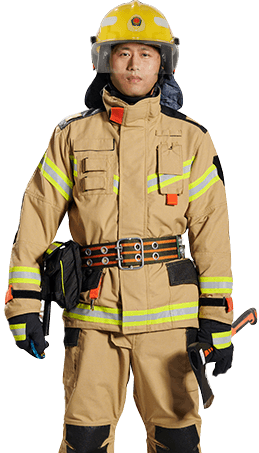
Quick Consultation
We are looking forward to providing you with a very professional service. For any
further information or queries please feel free to contact us.

